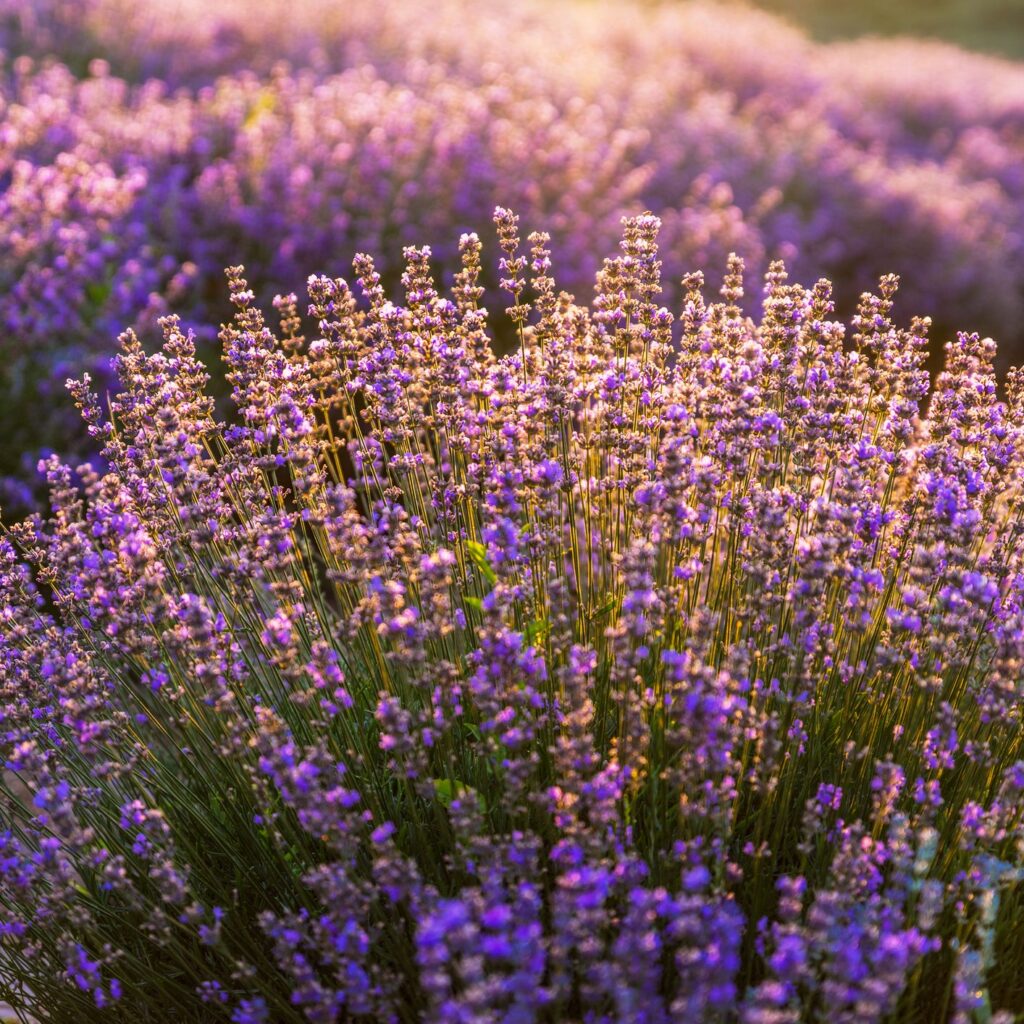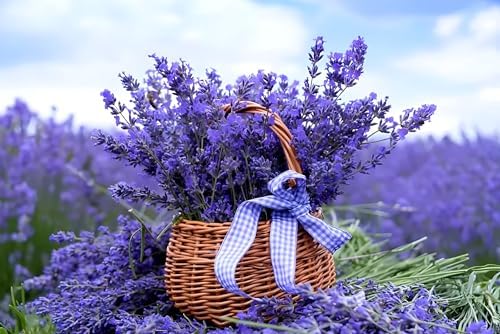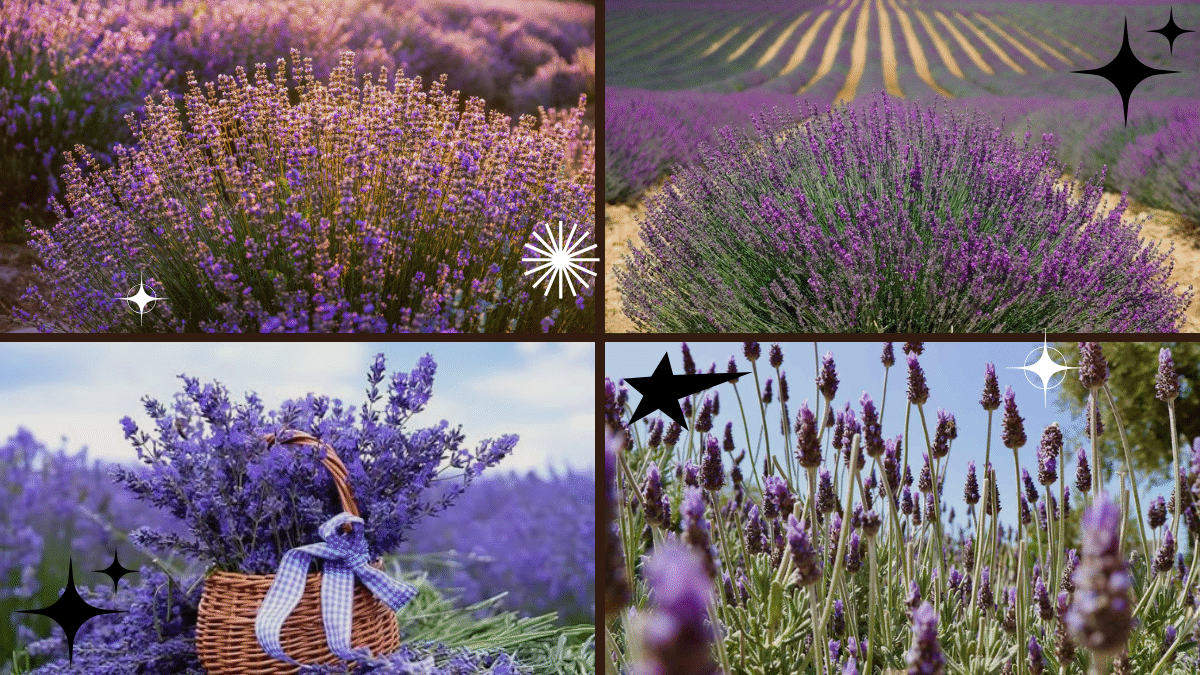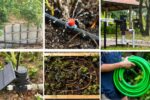Lavender, with its silvery-green foliage and fragrant purple blooms, is one of the most beloved herbs worldwide. Known for its calming scent, beautiful flowers, and versatility in culinary and medicinal uses, lavender is a favorite among gardeners and plant lovers alike. However, many hesitate to grow lavender because of concerns about their local climate — whether it’s too hot, too cold, too humid, or too dry.
The good news is that with the right knowledge and techniques, you can successfully raise lavender plants in any climate. This guide will walk you through all the essential steps and tips to grow thriving lavender no matter where you live.

Why Grow Lavender?
Before diving into the how-to, let’s appreciate why lavender is worth growing:
- Aromatic beauty: Lavender’s scent calms the mind and can freshen up your home naturally.
- Pollinator magnet: Bees and butterflies love lavender, making it great for garden biodiversity.
- Versatile use: Lavender is perfect for cooking, herbal remedies, and DIY beauty products.
- Low maintenance: Once established, lavender plants require minimal care, especially if suited to your climate.

Understanding Lavender Varieties and Climate Tolerance
To raise lavender successfully, you need to choose the right variety for your climate. Here are the main types of lavender:
- English Lavender (Lavandula angustifolia): Hardy, best for cooler climates, withstands cold winters.
- French Lavender (Lavandula dentata): Thrives in warm, dry climates, less cold tolerant.
- Spanish Lavender (Lavandula stoechas): Prefers Mediterranean climates, can tolerate some humidity.
- Lavandin (Lavandula x intermedia): A hybrid, vigorous grower, adaptable to a range of climates.
Choosing the variety that matches your climate conditions is the first step toward success.

1. Preparing the Right Soil
Lavender loves well-draining soil and dislikes waterlogged roots.
- Ideal soil: Sandy or gritty loam with a neutral to slightly alkaline pH (6.5 to 7.5).
- Amend heavy clay soils: Add coarse sand or organic matter such as compost to improve drainage.
- Raised beds or containers: Great options for improving drainage and controlling soil quality, especially in humid or rainy climates.

2. Location and Sunlight
Lavender is a sun lover and needs full sunlight for at least 6-8 hours daily.
- Choose a sunny, sheltered spot protected from harsh afternoon winds.
- In extremely hot climates, afternoon partial shade can help prevent leaf scorch.
- In colder regions, a south-facing wall or raised bed can provide extra warmth.
3. Watering Lavender Naturally and Efficiently
Lavender is drought tolerant and prefers to dry out between waterings.
- Water newly planted lavender regularly until established (about 6-8 weeks).
- After establishment, water deeply but infrequently — about once every 1-2 weeks.
- Avoid overwatering and soggy soil, which leads to root rot.
- In humid climates, reduce watering frequency and ensure good air circulation around plants.
4. Temperature and Climate Adaptations
Growing Lavender in Hot, Dry Climates
- Use mulch like gravel or small rocks to retain soil moisture and keep roots cool.
- Provide afternoon shade or plant where they receive morning sun.
- Water in the early morning to reduce evaporation.
Growing Lavender in Cold, Frosty Climates
- Choose hardy varieties like English lavender.
- Use raised beds to improve drainage and reduce frost risk.
- Mulch heavily with straw or leaves before winter to protect roots.
- Consider growing lavender in pots to move indoors during extreme cold.
Growing Lavender in Humid or Rainy Climates
- Plant lavender on slopes or raised areas to prevent waterlogging.
- Space plants to ensure good airflow and reduce fungal diseases.
- Prune regularly to open up the plant and allow drying.
5. Fertilizing Lavender Naturally
Lavender is a light feeder and doesn’t require heavy fertilization.
- Use well-composted organic matter mixed into the soil before planting.
- Apply a light feeding of balanced organic fertilizer or compost tea in early spring.
- Avoid high-nitrogen fertilizers that encourage excessive foliage over flowers.
6. Pruning for Health and Flowering
Pruning is crucial for healthy, bushy lavender plants and prolonged flowering.
- Prune back after the first bloom to encourage a second bloom and prevent legginess.
- In late summer or early fall, trim about one-third of the plant but avoid cutting into old woody stems.
- Regular pruning also helps prevent disease by improving airflow.
7. Propagating Lavender Easily
Propagation lets you multiply your plants without buying new ones.
- Cuttings: Take 3-4 inch softwood cuttings in spring, dip in rooting hormone, and plant in sandy soil.
- Layering: Bend a low stem to the ground and cover with soil until roots form.
- Seeds: More challenging and slower but possible; start indoors in spring.
8. Dealing with Pests and Diseases Naturally
Lavender is generally pest-resistant, but issues can arise in some climates.
- Fungal diseases such as root rot and leaf spot occur in wet, humid conditions — ensure proper drainage.
- Aphids and spittlebugs can appear but can be controlled with insecticidal soap or neem oil.
- Prevent problems by maintaining good airflow, proper watering, and regular pruning.
9. Harvesting and Using Lavender
Knowing when and how to harvest lavender ensures the best fragrance and longevity.
- Harvest when buds have formed but before full bloom for the strongest scent.
- Cut stems early in the morning after dew evaporates.
- Hang bundles upside down in a dark, dry, well-ventilated place to dry.
- Use dried lavender in sachets, teas, cooking, or essential oil making.
Tips for Growing Lavender in Containers
- Use pots with excellent drainage holes.
- Choose a light, sandy potting mix.
- Move containers indoors or to a sheltered area during extreme weather.
- Regularly check soil moisture and adjust watering accordingly.
Common Problems and How to Solve Them
| Problem | Cause | Solution |
|---|---|---|
| Yellowing leaves | Overwatering or poor drainage | Reduce watering, improve drainage |
| No blooms | Too much nitrogen, lack of sun | Use balanced fertilizer, ensure full sun exposure |
| Woody stems | Lack of pruning | Prune regularly to encourage fresh growth |
| Fungal diseases | Humidity, wet soil | Improve airflow, avoid overhead watering |
Final Thoughts: Growing Lavender Successfully Anywhere
Raising lavender plants in any climate is very achievable when you tailor your approach to local conditions. By selecting the right variety, providing proper soil and sunlight, watering thoughtfully, and using natural fertilizing and pruning methods, you can enjoy beautiful, fragrant lavender all year round.
Lavender not only enhances your garden’s beauty but also fills your home with soothing aromas, supports pollinators, and offers many practical uses. Whether you live in a hot desert, humid tropics, chilly north, or temperate zone, lavender can thrive with a little patience and care.





Leave A Comment